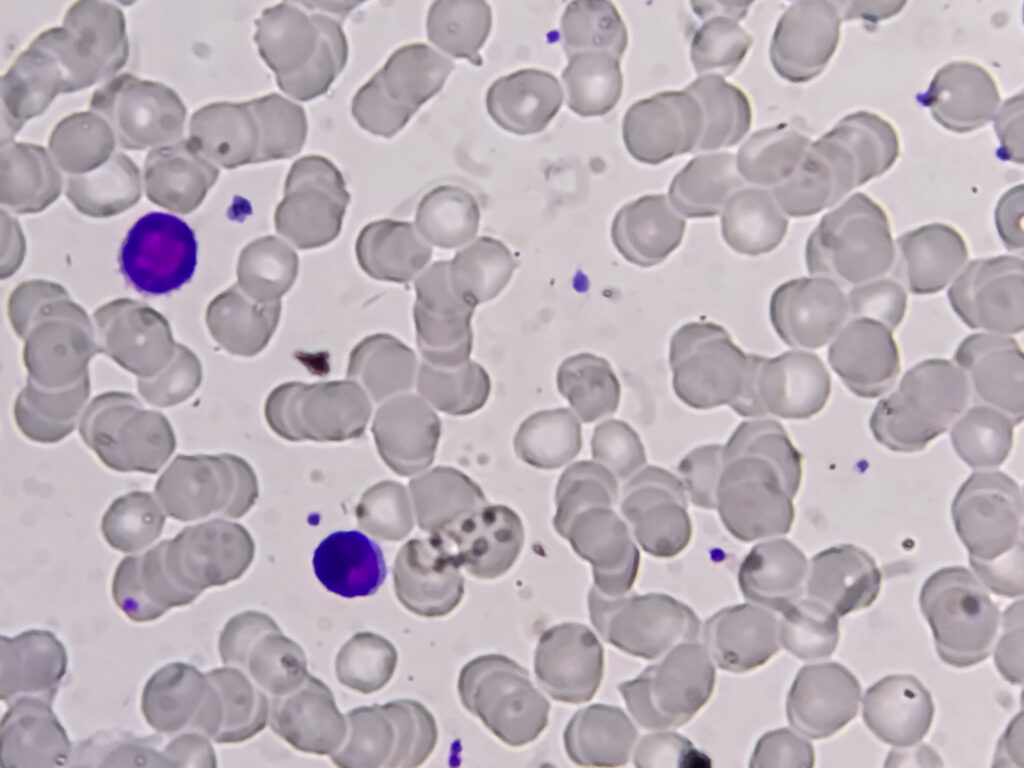

Improving Hospital Workflows by Integrating a Precision Dosing Platform with EHRs
InsightRX was recently mentioned in an article published in Antibiotics about the efficiency of electronic health record (EHR)-integrated Bayesian modeling for vancomycin, which is recommended as the first-line treatment of methicillin-resistant Staphylococcus aureus (MRSA) infections.
In 2020, guidelines around standard vancomycin monitoring techniques were updated to advise hospitals to transition to area under the concentration-time curve-based (AUC) monitoring strategies, with the goal of improving patient safety while maintaining confidence in vancomycin’s efficacy.
The best choice for AUC point-of-care monitoring
Implementing AUC monitoring in a clinical setting can be both complex and time-intensive. Therefore, optimizing the process for efficiency is crucial for gaining clinician adoption and ensuring successful outcomes.
The article summarizes a study comparing the efficacy of Bayesian modeling software to first-order pharmacokinetic (PK) equations in determining vancomycin AUC exposure.
For the study, the team sought to assess the feasibility and cost-effectiveness of Bayesian modeling in terms of improving hospital workflow. This would enable them to answer questions such as, “How long does it take a pharmacist to assess a vancomycin concentration when it comes back?” and “How often are we drawing repeat vancomycin concentrations because the first one wasn’t a usable level?”
The study’s primary endpoint was the time taken to estimate the AUC and determine regimen adjustments in each group. Secondary endpoints included the percentage of vancomycin concentrations usable for AUC calculations and rates of acute kidney injury (AKI).
Results and takeaways
Of the 124 patients on vancomycin screened, 47 patients had vancomycin concentrations drawn and were included in the analysis. Of those, 34 patients had usable vancomycin concentrations that led to 44 AUC estimations. When Bayesian software was integrated directly into the EHR, the median time from assessment to clinical intervention dropped to 3.8 minutes – 44% quicker than the 6.8 minutes observed in the first-order pharmacokinetic (PK) equations group (p = 0.019). It is worth noting that this benefit was negated if the Bayesian software was not integrated in the EHR.
Another significant insight from the study was observed in its secondary endpoints. In the Bayesian group, 88.2% of vancomycin concentrations were usable, a marked improvement over the 48.3% usability rate in the PK equation group. This is important because unusable test results can be a burden for laboratory, nursing, and pharmacy staff, leading to misused time and resources. With Bayesian modeling, AUC can potentially be evaluated with a single level, which logistically is easier for hospital staff than two blood draws.
The main takeaway from the study was that integration of a Bayesian modeling platform with an EHR is essential for realizing the time savings gained through improved workflows. To learn more about how InsightRX can help improve pharmacist workflows through integrated Bayesian modeling, click here.

